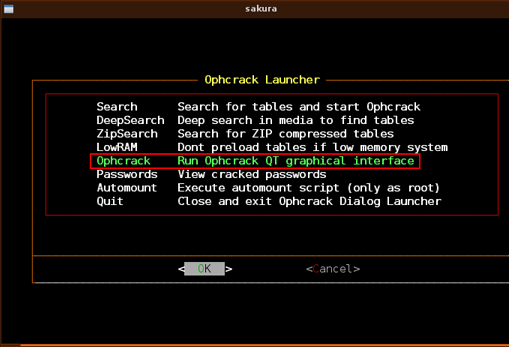

We apply a multivariate classification algorithm to this catalog to identify new, co-moving population candidates. We compile a catalog of 1114 Ophiuchus YSOs from the literature and crossmatch it with the Gaia EDR3, Gaia-ESO and APOGEE-2 surveys. This work aims to construct the most complete sample to date of YSOs in the $\rho$ Oph region.

The high accuracy measurements and all-sky coverage of Gaia data are about to change this situation. Paradoxically, we have a better census of nearby embedded young populations than the slightly more evolved optically visible young populations. Young and embedded stellar populations are important probes of the star formation process. Further evaluation of nano-OPH as a catalytic bioscavenger countermeasure against organophosphorus chemical warfare agents and pesticides is warranted.The $ρ$ Oph region revisited with Gaia EDR3Ĭontext. In particular, a complete protection against the lethal doses of paraoxon was observed with nano-OPH administered iv and ip as much as 17 h, im 5.5 h and tb 2 h before the intoxication.

Moreover, nano-OPH is bioavailable after intramuscular ( im), intraperitoneal ( ip) and even transbuccal ( tb) administration, and has shown ability to protect animals from exposure to a pesticide, paraoxon and a warfare agent, VX. The nano-OPH pharmacokinetic parameters are improved compared to the naked enzyme suggesting longer blood circulation after intravenous ( iv) administrations in rats. It also decreases the immune and inflammatory responses to His 6-OPH in vivo as determined by anti-OPH IgG and cytokines formation in Sprague Dawley rats and Balb/c mice, respectively. Incorporation of His 6-OPH in nano-OPH preserves catalytic activity and increases stability of the enzyme allowing its storage in aqueous solution for over a year. The resulting polyion complex, termed nano-OPH, has a spherical morphology and a diameter from 25 nm to 100 nm. A simple and highly efficient catalytic scavenger of poisonous organophosphorus compounds, based on organophosphorus hydrolase (OPH, EC 3.1.8.1), is produced in aqueous solution by electrostatic coupling of the hexahistidine tagged OPH (His 6-OPH) and poly(ethylene glycol)- b-poly( l-glutamic acid) diblock copolymer.


 0 kommentar(er)
0 kommentar(er)
